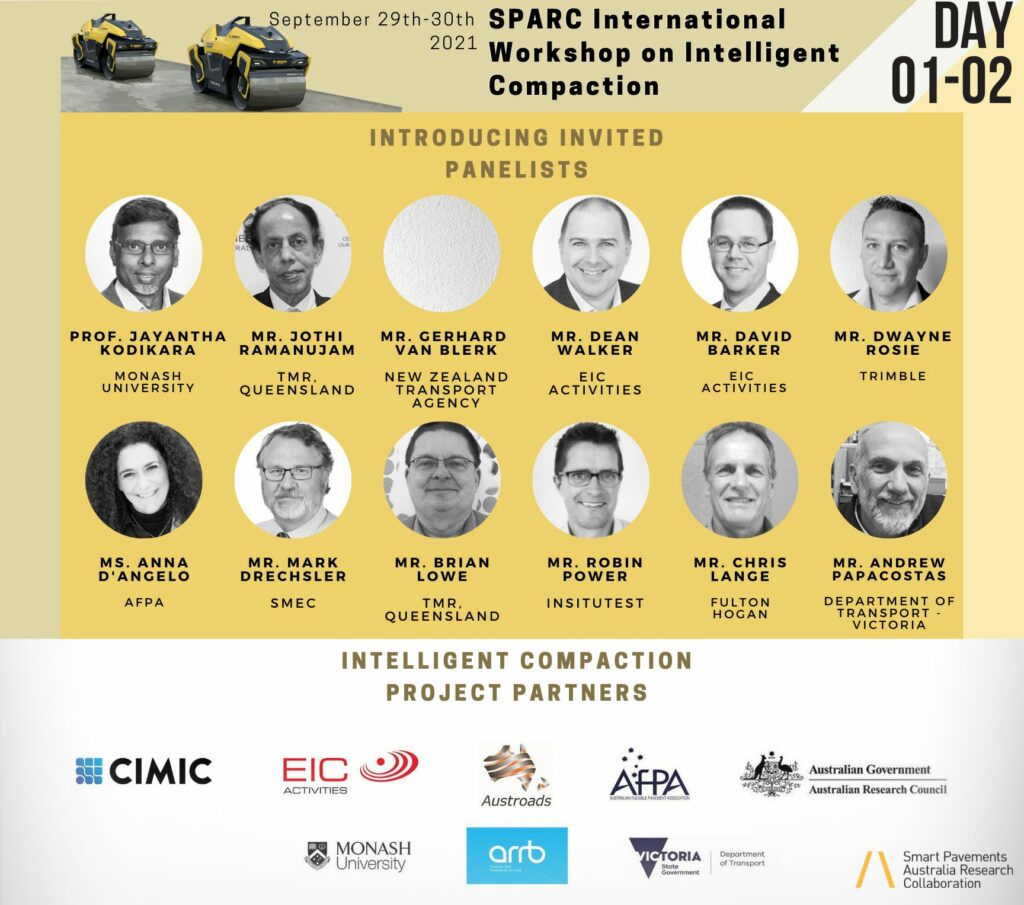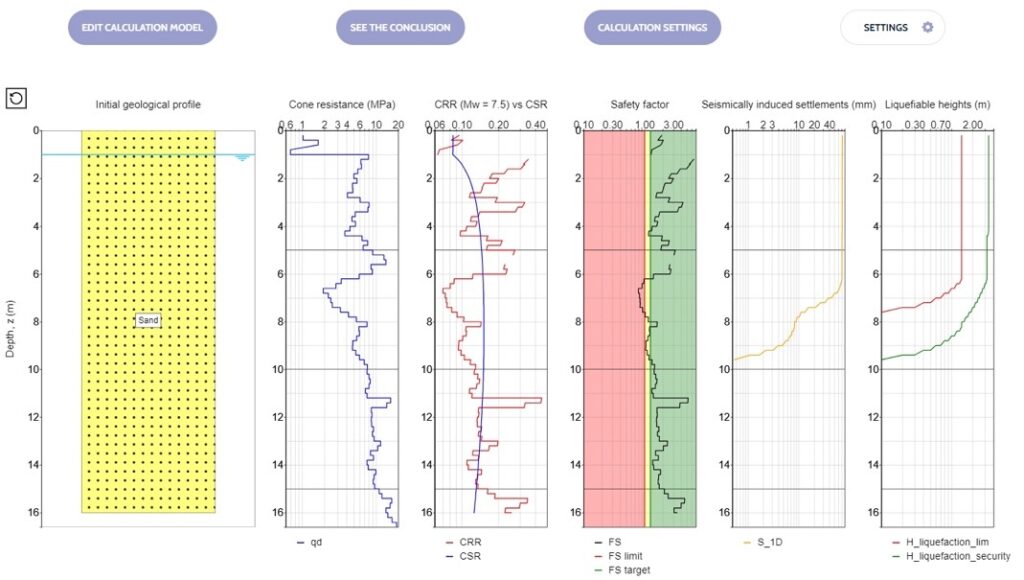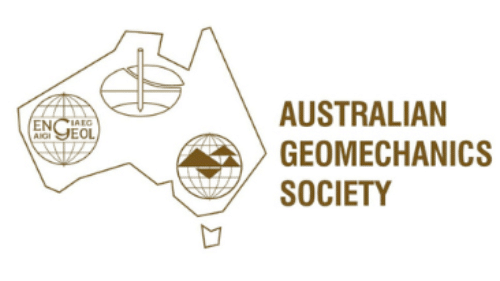SPARC Hub Holds Virtual Intelligent Compaction (IC) Workshop – Learnings
The SPARC (Smart Pavements Australia Research Collaboration) Hub, led by Monash University, held a successful two-day online workshop on intelligent compaction last September 29-30. The Hub is leading the effort to implement intelligent compaction (IC) technology and make further advancements in IC across Australia.
The workshop was packed with keynote presentations from renowned industry experts in various countries and wrapped up with panel discussions.
Here are our key take aways:
- Too much moisture (above optimum) causes air to be trapped in water during compaction.
- Consider degree of saturation (Sr opt approx = 80%) vs moisture content
- For fine grained soils (like clays), IC (accelerometer systems) are rarely used with pad foot / sheeps’ foot rollers. A 2007 report indicated the stiffness values were not reflective until final passes were made. Caterpillars’ Machine Drive Power (MDP), which uses a roller resistance principle, operates better with a shallower zone of influence.
- IC accelerometer systems require vibration / oscillation to measure pavement response
- For granular soils, moisture plays less of a role
- Sub grade soft spots propagate to the surface
- 1.67 is the average conversion factor between accelerometer and geophone Light Weight Deflectometers (LWD’s). Geophone systems have more variability.
- Performance based specifications:
- allows more contractor innovation
- modulus requirements should be based on materials using for construction
- risks need to be shared between owner and the contractor. Be conservative to start with.
- MnDOT (Rebecca Embacher) use a minimum 3.2km lane requirement for IC projects
- Use IC as a comparative tool for bulk earthworks following the Austrian Standard (Johannes Pistrol – Vienna University of Technology)
- Training plays a very significant role
- Staff turnover leads to knowledge loss
- Data missing and spatial differences
- Protocols important for how to setup site and machines and how to carry out an IC project (including data management e.g. file naming) are really important
The first day of the workshop (29 Sept 2021) was devoted to the state-of-the-art intelligent compaction with an emphasis on new theoretical developments and emerging technology that can advance the current state of knowledge of IC, increase the accuracy and optimal use of in-situ tests and calibration methods, and improve the estimation of the properties of compacted pavement layers in real-time with a view to performance-based IC.
The second day of the workshop (30 Sept 2021, AEST) was devoted to the state of the practice of IC with an aim to summarise the lessons learned around the globe on implementing IC technology including experiences in the implementation/development of IC specifications and cost-benefit analysis of IC.
Insitutek’s Robin Power chaired the final session of the conference which was a panel discussion with many of the speakers and invited panelists.

Our role is to transform aspects of geotechnics, earthworks and pavements and we have been doing this for more than 15 years. We aspired for IC implementation in Australia and New Zealand to benefit from the more than 30 years of international experience, from Europe, China, Japan and the USA. Hence in 2018 we arranged the first workshop in the region on the topic bringing together contractors, industry vendors, consultants, industry bodies, road agencies and researchers. We are so pleased to see that IC is going momentum. Insitutek provides Intelligent Compaction (IC) advice and support which helps our clients push forward with confidence.
To learn more about Intelligent Compaction and how Insitutek can help you, visit our website or contact us.
To learn more about the workshop, click here.
FH is now routinely using the LWD with very good feedback and useful engineering data. The equipment is an easy to use Zorn LWD.
I felt the training was very thorough. If anyone doesn’t know how to use a PANDA after that session, they shouldn’t be using one at all.
I have known the team at Insitutek for over ten years. Their professionalism, positivity and enthusiasm for their work is outstanding and I am pleased to recommend them.
Insitutek Blogs
We find clients are often looking for ways to improve geotechnical testing outcomes and do it more efficiently at the same time. This drives their buying decision making. Australian Soil and Concrete Testing (ASCT) was a case in point when they were searching for Plate Load Test equipment for their upcoming Collector Wind Farm project. Some of the things that motivated them include: […]
We are excited to introduce the addition of a new Liquefaction Risk Estimation module in WebSprint©. Paired with our cutting-edge products, PANDA® and GRIZZLY®, this module enables you to assess the liquefaction risk of soils exposed to seismic stress. PANDA® Instrumented DCP: This cutting-edge tool provides dynamic penetrometer soundings, delivering precise data crucial for seismic risk evaluations. GRIZZLY® […]
The Australian Geomechanics Society is gearing up for a series of geotechnical events across VIC, WA, NSW, and SA-NT. We are thrilled to inform you that we will be sponsoring and attending these exciting geotechnical events, and we would love for you to join us. It’s a fantastic opportunity to catch up, explore our booth (VIC), and stay informed about […]




